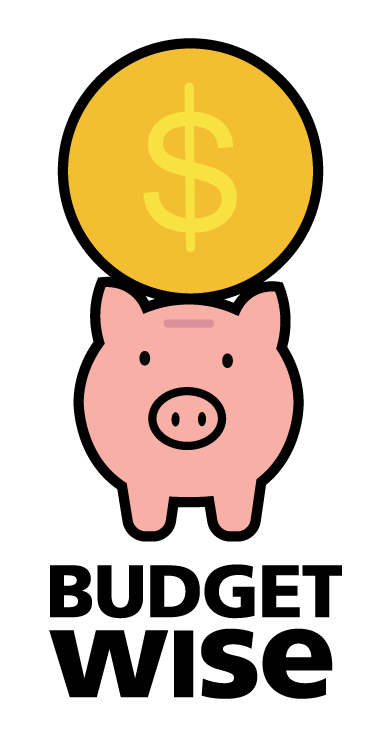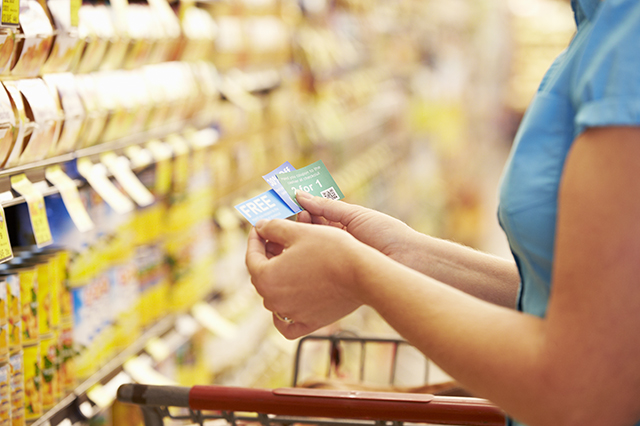
If you are looking to trim your household budget, start by examining what you put into your grocery cart.
Food is the third largest household expense, according to the latest stats from the Bureau of Labor Statistics. Practicing smart shopping techniques can equal big savings over the course of several months or years.
At this point in your life, grocery shopping is likely a rote habit, but it may be time to switch it up a bit in the interest of your budget. Before you browse the food aisles, read these grocery shopping tips to save money.
Learning to Budget
It would be nice if savings could simply fall into our shopping cart without any effort. In reality, we must be diligent planners and follow smart grocery shopping tips to save money. Take comfort in knowing that discounts and savings come to savvy shoppers. If you do your homework and create a weekly or monthly budget, you’re bound to spend less on groceries and shopping in general. Take a moment to look at your grocery receipts or bank statements to get an idea of your regular shopping expenses.
Once you’ve got a good picture of your grocery shopping habits, come up with a target savings goal and new weekly or monthly budget. Be sure to take into consideration the number of people in your household and your total income. To help you figure out what you should be spending, the U.S. Department of Agriculture puts out monthly cost of food reports that provide estimates of weekly and monthly spending for different budgets (thrifty, low-cost, moderate and liberal).
Budgeting always starts with a clear plan and goal. How much do you want to save per month? What is your savings goal? Answering these questions will give you a long-term vision to work toward.

Grocery Shopping Tips to Save Money
After you’ve compiled a budget that your family is committed to follow, start implementing smart grocery shopping tips to save money. Here are some ideas to cut out fat in your budget.
Meal plans
You’ll be a smart shopping expert if you plan your weekly meals ahead of your shopping trip. Take stock of the food that’s already in your kitchen and figure out what can be used to make breakfast, lunch and dinner for the week. Create a calendar and write down every meal you’ll make for the entire week. After that’s done, compile a shopping list with only the items you need to make those meals. Planning out your meals for the entire week saves time and money.
Find Sales
You can browse newspaper inserts for sales and coupons, and there are also apps to help you find more deals. Free apps like SnipSnap scour coupons for nearby grocery stores, which can be downloaded to your smartphone. To save further, become a loyalty member and look out for rebates. Checkout51 identifies rebates for you when you photograph your receipt. The app collects your rewards and then deposits cash rebates into an account for you. If you “like” your favorite brands on social media or sign up for newsletters, you may find further savings.
Buy Generic and Bulk
Don’t buy name brand products that immediately catch your eye. We’ll let you in on a secret: Generic store products are often placed in poor shelving real estate. Comb the bottom and top shelves for discounted off-brand items. Bulk items are also a better bargain than smaller packaged items. But remember to always check the price per unit to see if you’re actually getting a deal on a bulk item. To find the price per unit figure out the cost of the item and divide it by the quantity to get the unit price.
Cut Your Own Food
Buying pre-cut meat and cheese at the deli or pre-cut veggies and fruit is convenient but pricier. You’ll pay less if you buy larger cuts of meat rather than deli slices. It’s cheaper to buy whole fruits and veggies and cut them yourself at home.
Don’t Shop Hungry
You’ve probably heard it before: Don’t shop on an empty stomach. It’s hard to resist that yummy bakery section or other items not on your shopping list when you’re hungry. Grab a handful of nuts or eat a small snack so you’re not distracted by hunger pangs while you shop.
Add As You Go
Use the calculator on your phone to keep a continual tab of the items in your cart. That way there aren’t any surprises at checkout.
Before leaving the store always check your receipt to make sure you weren’t overcharged.
Do you have more grocery shopping tips to save money? Share your shopping suggestions with us in the comments section below.
To save even more money, visit AAA.com/Discounts.















